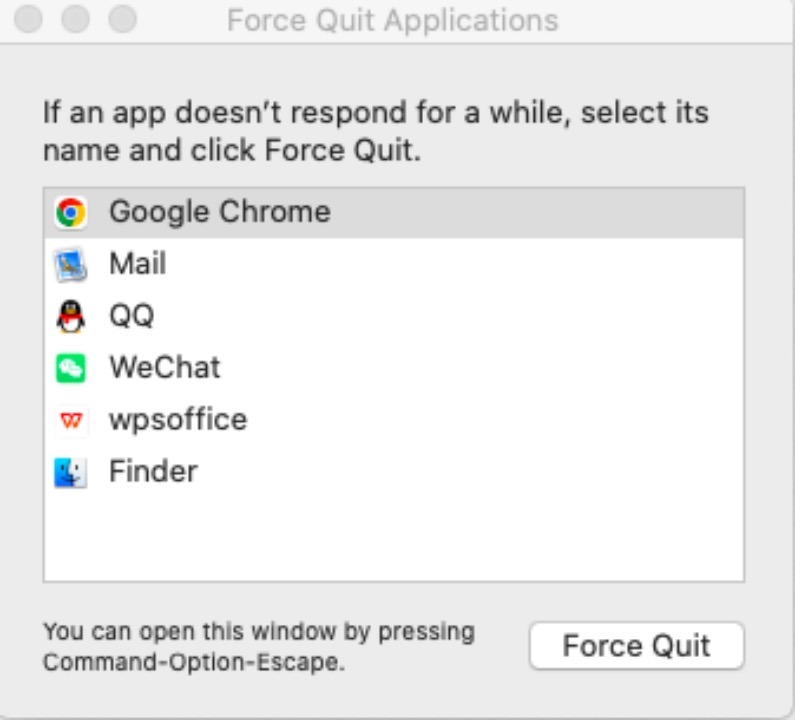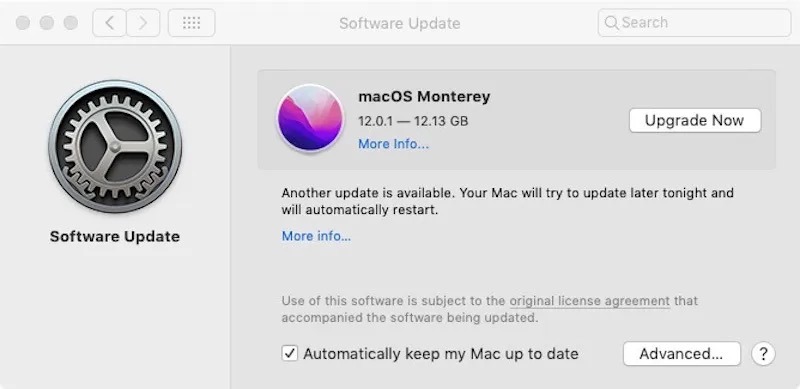Mac machines are famous for their system stability and security, but they inevitably become out of service for some reason. One of the possible problems with the Mac computers is the frozen Mac issue.
There is nothing more irritating when you are working on some projects on your Mac, but you find that the Mac begins to run slow and what’s worse, it becomes unresponsive or frozen completely. Under this circumstance, the Mac refuses to do anything for you but shows you the dreaded beach ball of death, stopping you from working smoothly. What a terrible situation it is!
Don’t feel frustrated when your Mac computer freezes. A frozen Mac doesn’t mean the end of the world. Just read the post to find out why your Mac becomes unresponsive and how to fix frozen Mac.
Why Is Your Mac Freezing?
There are many possible reasons for a frozen Mac. Here, we concluded some of the main causes that will make your Mac freeze.
- A large number of programs are running simultaneously, which may overload your Mac’s memory and CPU.
- Too many tabs are opened, making your browser run sluggish.
- A lot of background processes are running at the same time.
- There is not enough hard drive space left.
- The app crashing occurs.
- The hard disk malfunctions because of some hardware problems.
- The Mac machine may get infected with viruses.
- The macOS version is not up to date and may get corrupted.
- The macOS update or software update is in progress.
How to Stop Your Mac from Freezing?
To be general, Mac computers won’t freeze very often, but there is still a possibility that such a terrible situation happens to you even if you are using a MacBook Pro, MacBook Air, iMac, or iMac Pro. The cases for a frozen state may be as follows:
- The Mac screen is showing a spinning beach ball.
- The cursor or Mouse can’t be moved.
- The Mac device can’t respond to your instructions.
When your Mac has no response, can you find an effective way to troubleshoot this issue? Of course, different cases need various solutions to handle. We will present you with corresponding troubleshooting tips for each frozen scenario.
Case 1 The Mac Screen Is Showing a Spinning Beach Ball
Officially, the Spinning Beach Ball is also referred to as the Spinning Wait Cursor, the Spinning Pinwheel, or the Spinning Disc Pointer. Whatever you call it, the Spinning Beach Ball indicates that the application you are running is unresponsive to the instruction it receives.
In this instance, the mouse or cursor can be moved but the frozen application can’ be closed. To handle such an issue, here are some effective ways you can take it.
Fix 1 Force Quit the Frozen Application
Step 1 Click the Apple logo from the Mac desktop and then select Force Quit. Alternatively, you can press the Command + Option + Esc key combination to make the Force Quit windows open.
Step 2 Select the frozen app you want to force quit from the Force Quit Applications window and click the Force Quit option.

Fix 2 Restart Your Mac
If you fail to force quit the freezing app from the Force Quit menu, then you should try to restart your Mac machine to close the unresponsive program. To do this, just go to the Apple icon > Restart to reboot your Mac.
Fix 3 Perform a Software Update
Sometimes, the Spinning Beach Ball of Death can result from an outdated macOS version or application. If this is the root cause, you should perform a software update.
Navigate to the Apple menu > System Preferences > Software Update to initiate a macOS update.

And update the third-party application downloaded from App Store by going to the Apple icon > App Store > Updates.
Case 2 The Cursor or Mouse Can’t Be Moved
When the cursor or mouse can’t be moved, what you should do is force restart your Mac to deal with the frozen situation.
Step 1 Press the power button for a few seconds to force turn off your Mac.
Step 2 Press the power button again to reboot it after waiting for a moment.
Case 3 The Mac Device Can’t Respond to Your Instructions
Another frozen scenario is that you are experiencing an unresponsive Mac during the programs are working. There are many possible factors causing a frozen Mac, such as hard drive failure, insufficient disk space and RAM, and so on. Want to know how to fix a frozen Mac? Keep reading the post to explore effective solutions.
Solution 1 Unplug Any External Devices
When a peripheral that is incompatible with your macOS is connected to your Mac, the Mac device may have no response. At this time, simply unplug all incompatible external devices to check if your Mac can work normally.
Solution 2 Free up Disk Space or Memory
Possibly, the Mac memory has worn out and the disk space has been used up, which leads to your Mac running slow and finally not responding. Thus, clearing up the disk space and freeing up the Mac memory is the best option for you.
- Uninstall the programs that are not commonly used.
- Search for the cache files in the Library folder and delete them.
- Clear the unnecessary downloads and empty Mac Trash.
Solution 3 Boot Your Mac into Safe Mode
One of the workable methods to save your frozen Mac is to start up it to Mac Safe Mode.
Step 1 Force shut down your unresponsive Mac by pressing the power button.
Step 2 Turn on your Mac and then press and hold down the Shift key at once.
Step 3 Let go of the Shift key until you see the login window appear on the Mac screen.
Step 4 Log in to your Mac according to the prompt. The login screen may appear twice. And you can find the Safe Boot list on the menu bar on both login windows.
Step 5 Check if your Mac goes back to normal after entering Safe Mode successfully. If the answer is yes, then the frozen Mac issue should be resolved.
Final Verdict
It is upset that your Mac has no response at all abruptly. This article presents different fixes to help you out of the Mac not responding problem. To prevent your Mac from freezing again, you’d better develop a habit of updating your software and macOS, freeing up disk space regularly, or not running a lot of programs at the same time.






